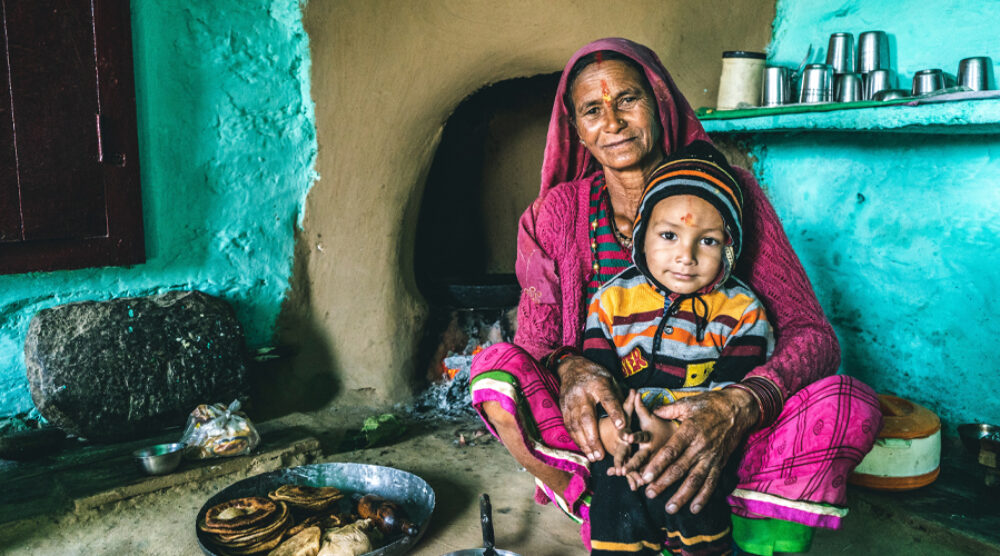In a recent piece, Maitreesh Ghatak, Professor of economics at London School of Economics, reflects on India’s ‘inequality problem’. The graph below (Figure 1) shows trends in Indian inequality (based on the income share of the top 1%) relative to some of its Asian peers (China and Indonesia), while Table 3 (from Ghatak as cited above) highlights the inexorable rise in income inequality based on different cohorts in India since the 1980s.

Source: Derived from World Inequality database

Ghatak, is, of course, not the only one worried about the rise in inequality in India. The widely noted World Inequality Report offers a dismal account of inequality in India. Cited below is its account of India.
Extreme income inequalities in India
…The top 10% and top 1% hold respectively 57% and 22% of total national income, the bottom 50% share has gone down to 13%. India stands out as a poor and very unequal country, with an affluent elite.
Income inequality in the long run: a historical high
Indian income inequality was very high under British colonial rule (1858-1947), with a top 10% income share around 50%. After independence, socialist-inspired five-year plans contributed to reducing this share to 35-40%. Since the mid- 1980s, deregulation and liberalization policies have led to one of the most extreme increases in income and wealth inequality observed in the world. While the top 1% has largely benefited from economic reforms, growth among low and middle-income groups has been relatively slow and poverty persists.
Wealth inequality
The bottom 50% own almost nothing…The middle class is also relatively poor …as compared with the top 10% and 1% who own respectively 65% of the total …and 33%
Gender inequality
Gender inequalities in India are very high. The female labor income share is equal to 18%. This is significantly lower than the average in Asia (21%, excluding China). This value is one of the lowest in the world, slightly higher than the average share in the Middle East (15%).
Oxfam has also released a report (‘Inequality Kills’) and notes that there are now more than140 billionaires in India, up from just over 100 in recent years. This reminds one of modern India’s transition from ‘British Raj to ‘Billionaire Raj’. This distinctive group of billionaires more than doubled its wealth during the pandemic, while 84% of Indian households experienced a decline in their income. There are now more than 46 million ‘new poor’ that emerged during the pandemic.
Labour market distress and fears of a ‘lost generation’ amidst rising inequality
These disturbing trends are occurring at a time when India is experiencing acute labour market distress – rising unemployment, declining labour force participation rate, falling real wages. A disproportionate burden of this distress is being borne by young men and women. According to media reports, in recent days one has probably witnessed India’s first large-scale unemployment riots.
There are also fears that India might be in the unenviable position of harbouring a ‘lost generation’ induced by the longest school closures in the world in response to multiple waves of COVID-19. While online classes have sought to compensate for school closures, there is a significant disparity in terms of access to online resources.
Photo 1: Protests against lack of jobs.

Government response
How is the government reacting to these challenges? According to a former Indian Finance Minister, the latest budget has indicated very little by way of tackling both rising inequality and emerging labour market distress. Apparently, according to its critics, this is a budget aimed for an ‘Amrit Kaal’ (a new ‘golden age’) of tomorrow without recognizing the challenges of today.
The broader concern is that the government is much more concerned about enacting its avowedly political and partisan majoritarian agenda rather than dealing with deep-seated economic problems. Whether this mindset will change depends upon how the current government fares in the 2024 elections.
Iyanatul (Yan) Islam is an Adjunct Professor at the Griffith Asia Institute and former Branch Chief, International Labour Office, Geneva. The views expressed in this blog are the author’s own and should not be attributed to the ILO.








